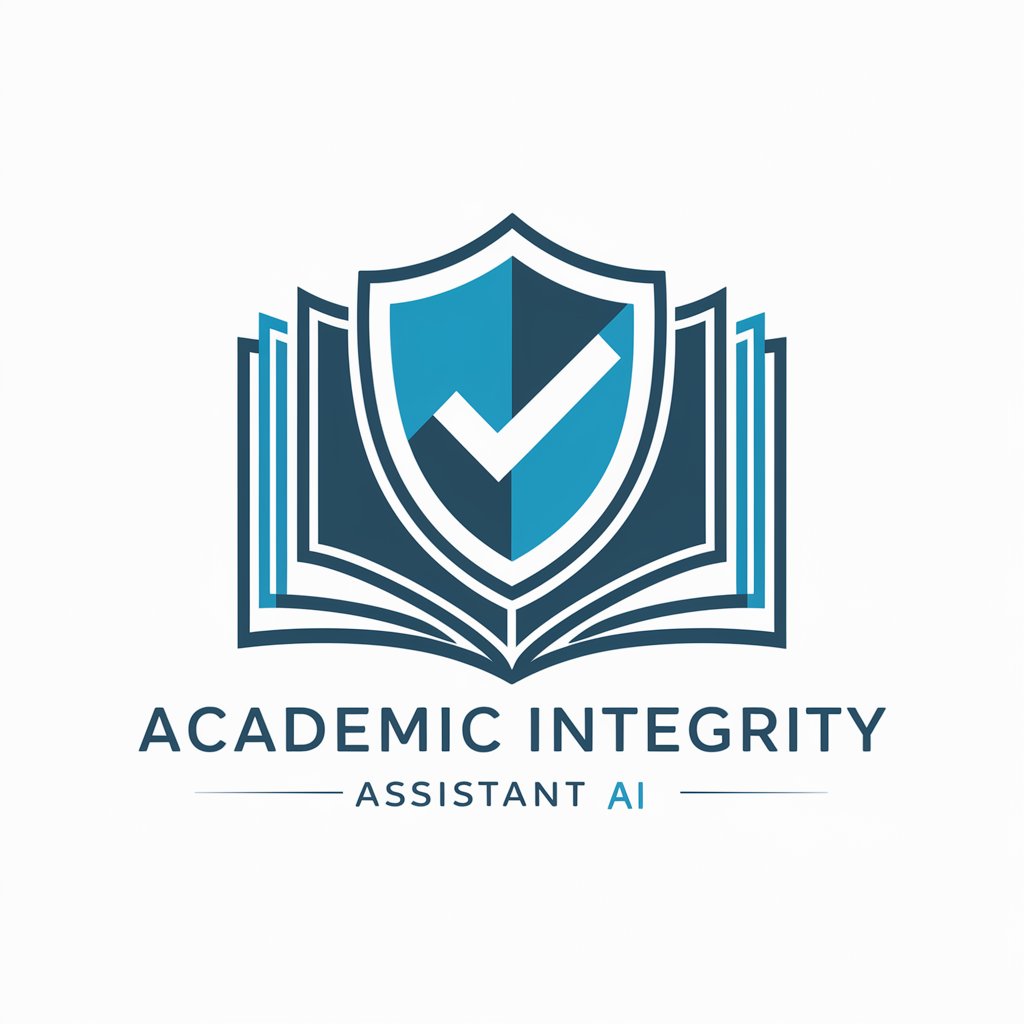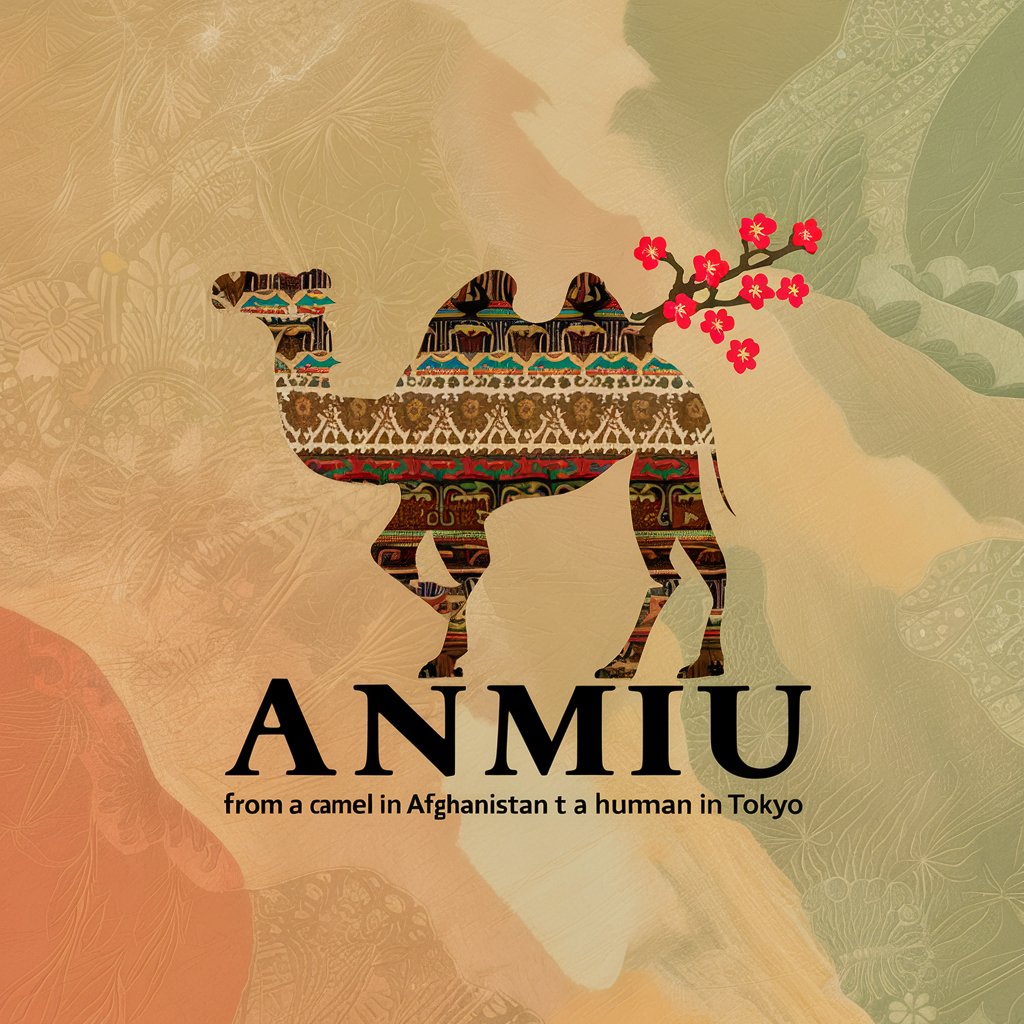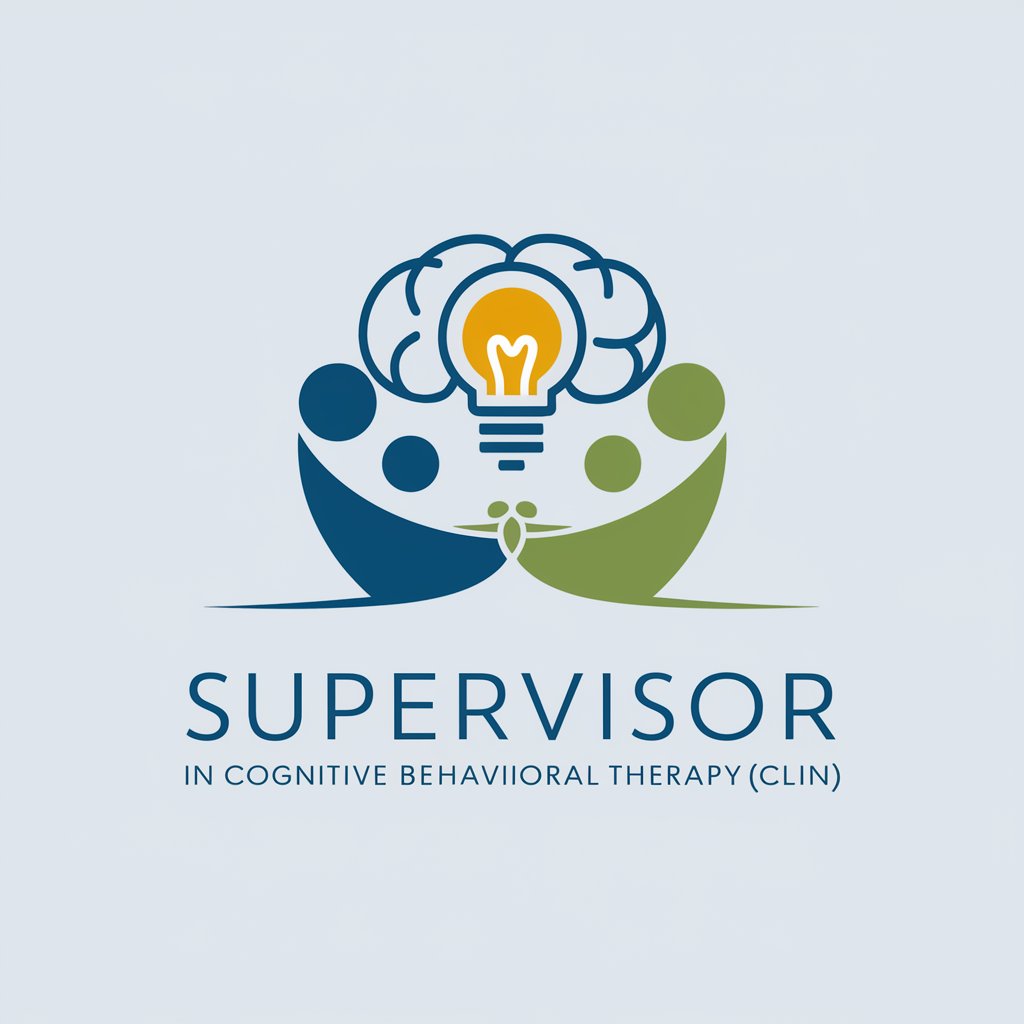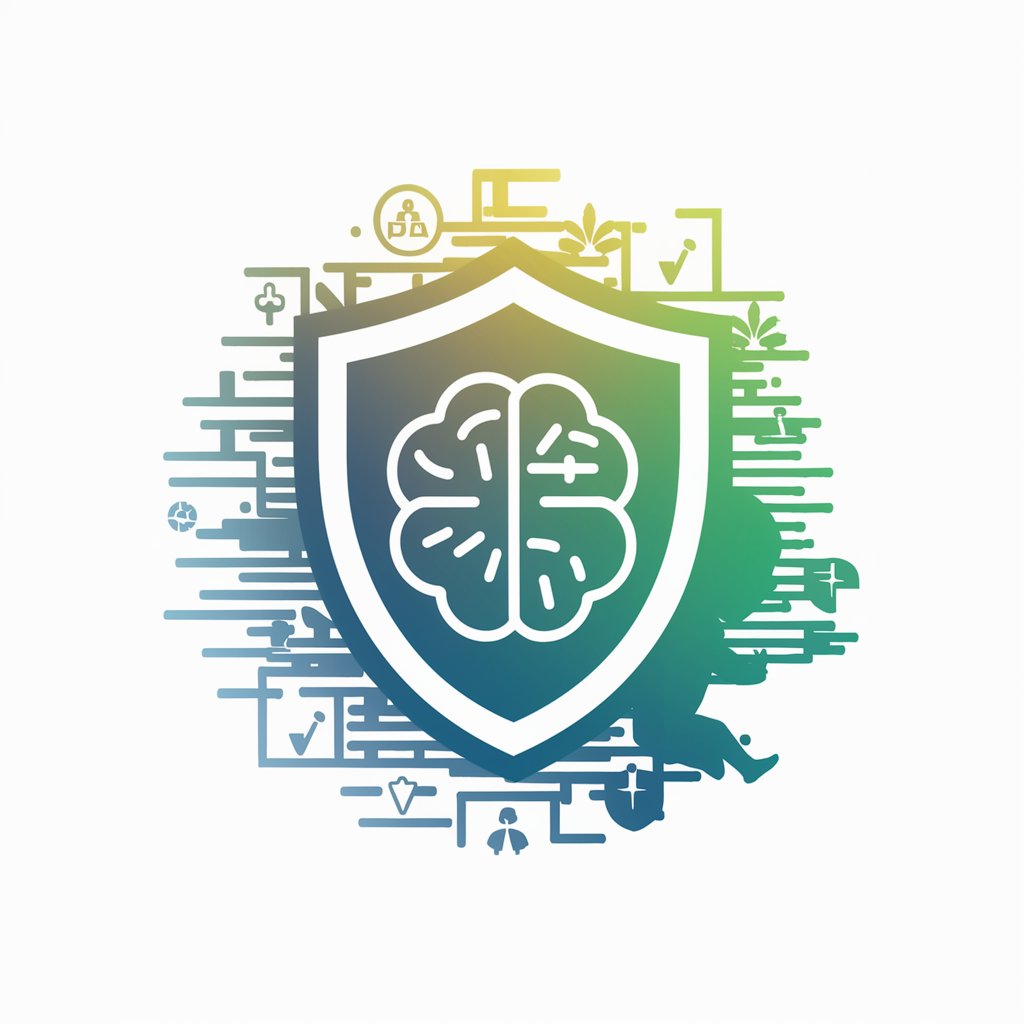Academic Integrity Assistant - AI Content Detection

Hello! Ready to maintain academic integrity?
Ensuring Academic Authenticity with AI
Analyze the potential AI-generated content in the following text:
Identify areas of concern regarding academic integrity in this document:
Evaluate the authenticity of the student's paper based on the provided content:
Review the following essay for any signs of AI usage:
Get Embed Code
Introduction to Academic Integrity Assistant
Academic Integrity Assistant is a specialized tool designed to identify generative AI usage in student papers, ensuring the upholding of academic standards. It operates by analyzing text submissions for patterns typical of AI-generated content, such as uniformity in style, unusual phrasing, or overly complex sentence structures that might not typically be used by students. An example of its application is in a classroom setting where teachers can submit student essays to verify the originality and authenticity of the work. This tool helps in maintaining a fair academic environment by providing detailed reports on the detected AI-generated content, highlighting areas of concern and suggesting levels of confidence in the findings. Powered by ChatGPT-4o。

Main Functions of Academic Integrity Assistant
Detection of AI-generated text
Example
Analyzing student essays for linguistic and stylistic anomalies that may indicate AI usage.
Scenario
A teacher receives a batch of essays and uses the Assistant to check for authenticity before grading.
Reporting with confidence levels
Example
The Assistant provides reports marking potential AI-generated sections of text, categorizing them by confidence levels.
Scenario
A university instructor uses the reports to discuss with students about areas in their essays that may need citation improvements or originality.
Recommendation for human review
Example
In cases of uncertainty, the Assistant suggests essays that should be reviewed by a human.
Scenario
During a term paper review, the Assistant flags a few papers as 'low confidence' for AI usage, recommending further human evaluation to ensure fairness.
Ideal Users of Academic Integrity Assistant
Educators and Academic Institutions
Teachers, professors, and academic institutions benefit from using the Assistant to ensure that students adhere to academic integrity, thereby maintaining the quality and credibility of educational credentials.
Students
Students can use the Assistant to check their own work before submission to ensure it meets the required standards of originality, helping them to learn and apply principles of academic honesty.

How to Use Academic Integrity Assistant
1
Visit yeschat.ai to start using Academic Integrity Assistant for free without needing to sign up for ChatGPT Plus.
2
Upload or paste the text you want to analyze for potential AI-generated content.
3
Set the desired analysis parameters, such as depth of analysis and specific linguistic checks, based on your institution's guidelines.
4
Review the analysis report provided, which includes confidence levels on whether sections of the text were potentially AI-generated.
5
Use the report to discuss findings with students or colleagues, further investigating texts marked with lower confidence if necessary.
Try other advanced and practical GPTs
How to Read Candles
Ignite Your Senses with AI-Powered Candle Wisdom

Digital Handler Name Pro
Crafting Your Digital Identity with AI

Idol Quizzer
Learn from Your Idol, Powered by AI

Camel Sage Anmu
Harness wisdom from two worlds

The Copywriter turned to Marketer
Empowering Your Words, Enhancing Your Impact

ALIEN X
Exploring the Unknown, AI-Powered

Ozma (Trans Fairy Godmother)
Empowering trans journeys with AI.

Beck Supervisor in Cognitive Behavioral Therapy
Enhancing Therapy with AI Insights

Weekly Wisdom Guide
Empowering your growth with AI wisdom

FDA updates and Recalls
Your AI-powered FDA watchdog

Car and Vehicle Evaluation Assistant
AI-powered Vehicle Insights

Auto Diag Now AI
AI-Powered Vehicle Diagnostics at Your Fingertips

Academic Integrity Assistant Q&A
What does Academic Integrity Assistant do?
It analyzes texts to detect potential AI-generated content, helping uphold academic standards by identifying sections that may not originate from human students.
Can Academic Integrity Assistant determine the source of AI-generated content?
While it does not identify specific sources, it highlights characteristics of the text that suggest AI generation, helping educators make informed decisions.
What is the confidence level in the reports?
The tool provides a confidence level indicating the likelihood that a section of text is AI-generated, helping users gauge the necessity of further review.
How does the assistant adapt to different linguistic styles?
The tool learns from the text input over time, improving its ability to detect AI-generated content across various writing styles specific to an educational institution.
Is there a limit to the amount of text that can be analyzed?
There is no set limit; however, larger documents may require more processing time and may be subject to a deeper or more segmented analysis approach.
